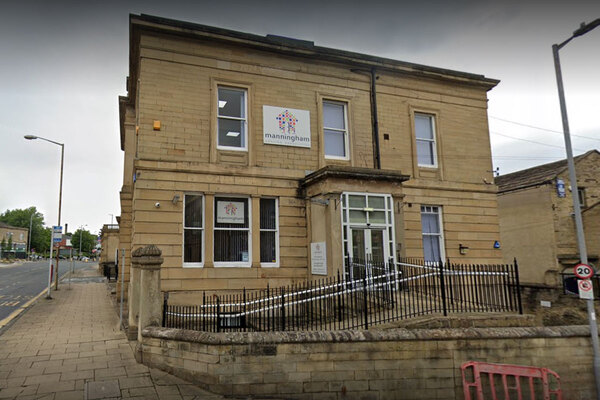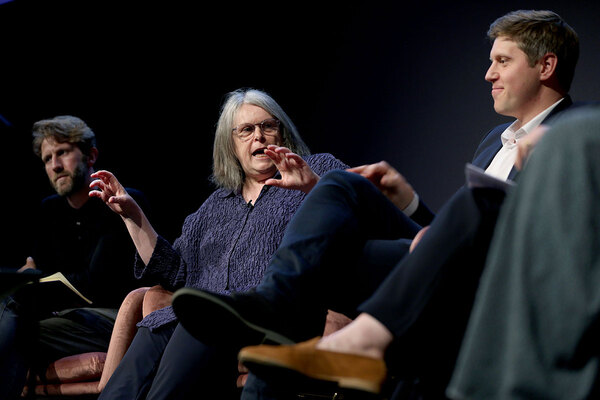Leading by example
Strong leadership is integral to successfully driving employee engagement, says Thames Valley Housing’s Jane Long


Jane Long, corporate services director, Thames Valley Housing
It can be a cliché to say the most important commodity for any organisation is its people, however that doesn’t stop it from being true. People are the heart of any organisation, they set its pulse, its tone, its direction and they bring its services to life.
Keeping people engaged is one of the highest priorities for any successful organisation. It drives the outputs we strive for: innovation, financial efficiency and the quality of our products and services.
There is an entire industry selling every solution known to man to actively engage staff. From attraction strategies, on-boarding tools, and retention packages to recognition programmes and engagement apps - there are a plethora of ways we can engage.
All are good, however you need a base of leaders and managers who are comfortable enough in their own skin to trust, respect and understand their teams and their drivers; leaders with the skills to actively inspire individuals to take personal responsibility for delivering a high-performing organisation. Without this there isn’t a tool or process in the world that will do much more than give a temporary improvement in ‘employee engagement scores’. It certainly won’t produce a sustainable return on investment, reduce your staff turnover, or improve your productivity or quality of the services you provide.
These are nine recommendations for setting your leaders up to successfully drive employee engagement:
1. Don’t reach for the norm - work with leadership development partners who operate outside of more traditional models, emphasising self-exploration and authenticity rather than competencies and capabilities.
At Thames Valley Housing the leadership and management population have just completed the ‘Let’s Step Up’ programme. Unlike many leadership programmes, it was fluid and designed in an unstructured way to allow people the space to grow as individuals and leaders. Its emphasis was on building relationships and trust with peers.
It was reinforced with a series of ‘pods’, which were simply designed to allow participants to breathe, think, reflect on who they were, their challenges and their opportunities and share this in a supportive way with colleagues. It worked.
What we have seen from the output are individuals who are more confident to make decisions for themselves; individuals able to work collaboratively and challenge each other across the organisation and work together to achieve the organisation’s aims. We’ve seen leaders who have developed the art of understanding people and respecting their differences, as well as leaders who are able to trust and engage with their teams and play to people’s strengths.
2. Use real-time messaging - we know the benefits of keeping people informed. With social media platforms and forums, local communication from leaders and managers in real time is easy. It is about making sure that your teams know how and are encouraged to do so.
A colleague recently shared with me his delight that his managers at all levels were using social media and blogs to keep their teams informed about what was happening in the business, in the environment, and sharing and connecting to collect input from staff. He was seeking ways to get them better trained and more confident in that arena.
That level of passion and energy from a senior leader is infectious and his team has caught on. People love it and know their voices are being heard. It’s a great way to keep them engaged.
3. Equip them for change - whether it is preparing for a merger, changing governments or economic landscapes, leaders need confidence in supporting their teams through change. At the point of announcing a potential merger, we put all leaders and managers through a programme to enable them to lead their teams through the forthcoming changes. We recognised that lots of change programmes focus on the process of change which we know is important. We intentionally focused ours not on process but on giving individuals the space to feel, talk through where they were on their own personal journey and how they could support and lead individuals across a range of reactions from shock to excitement.
4. Keep your values alive - demonstrate the way you live those values in every activity that you do.
5. Be visible - do a regular barometer check. Look into the whites of people’s eyes and see how they are faring. Acknowledge and accept how people are feeling, show them they are valued, but not by trying to change them - just support them.
6. When the unexpected happens - such as a proposed merger not going ahead, respond quickly. We have just put in place a re-engagement programme for staff.
This includes identifying what we learned about ourselves from the other organisation, what works well, what doesn’t and how we can take those learnings forward. The next step is about re-engaging staff with our brand and igniting people’s fire, reconnecting them with who we are as an organisation and what we aspire to achieve.
These are all centred around strategy and planning activities. We want to draw people in and help them to co-design the organisation we work in.
7. Unblock the bottlenecks - identify where they are in the organisation and have the courage to strip them away.
8. Recruit to behaviours - without compromise. Make sure your recruitment processes support leaders in recruiting to behaviours. Recruit people who are motivated and rewarded by the role that they do and the impact they can make rather than the position they hold or aspire to.
9. Tackle cultural outsiders fast - every organisation has them, don’t be afraid to exit them out quickly. It only takes one or two disruptive folk to unpick a lot of good work with staff.
There are hard and fast reasons for keeping an engaged workforce - it makes commercial sense.
There is a great Chinese proverb that says, if you want one year of prosperity grow a tree, if you want a 100 years of prosperity grow a forest, but if you want 1,000 years of prosperity grow people. Great leaders know how to grow great people and keep them engaged - so start there first.
Jane Long, corporate services director, Thames Valley Housing
This opinion piece was written independently, but first appeared in a chapter sponsored by Capsticks








